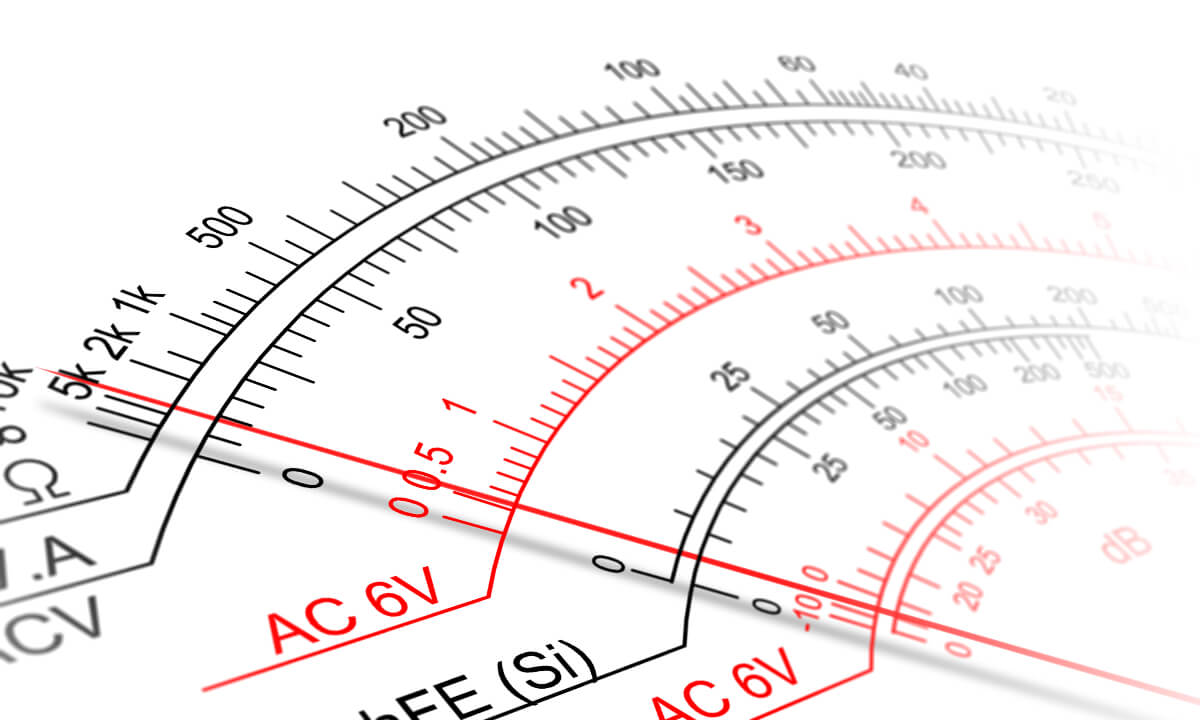We have explained before the importance of understanding diesel engine coolant and how it affects the overall cooling system in heavy-duty equipment. We’ve also explored how maintaining a healthy cooling system can help prevent costly problems like cylinder lining pitting and cavitation or the buildup of scale deposits. But there’s much more to know about the relationship between engine coolant and the metal components in your diesel engine.
For example, the acidity-alkalinity content of a coolant mixture causes different reactions with different types of metal. The ideal pH level range for coolant is usually between 8.5 and 10.5. If above this level, the coolant mixture reacts with what are known as nonferrous materials: lightweight, malleable metals like aluminum and copper. The result is alkaline corrosion. If coolant pH is below 7.0, it may become acidic and react with ferrous metals, causing acidic corrosion. Because diesel engines and cooling systems are made of different combinations of metals, acidity-alkalinity imbalance has to be carefully managed on a case-by-case basis.

Another example of the link between engine coolant and corrosion has to do with electrical currents. As coolant flows through the diesel engine cooling system, it acts as an electrical conductor. Metal surfaces are effectively connected when in contact with the same liquid. If the metals are different enough, one must bear the brunt of the current flow. This is usually whichever metal is less resistant to electricity. Over time, the result of that electrochemical process is galvanic corrosion.
Sometimes also referred to as bimetallic corrosion or dissimilar metal corrosion, this damage can wreak havoc on your diesel engine if it goes unnoticed. One scenario in which galvanic corrosion is especially common is marine applications. If seawater flows through or around your equipment, it can be highly conductive and accelerate damaging current flow. Magnesium or zinc rods are frequently placed in underwater coolant flow areas to absorb some of that current, so it doesn’t all hit critical engine parts. The challenge is that those sacrificial rods wear down, so they must be regularly inspected and replaced.

If the source of electrical current flow through engine coolant is external, the resulting damage is called electrolytic corrosion. An external current reaching internal engine metal could be due to any number of electrical or cooling system design issues or use cases. Ultimately, it’s the job of good ground connections to prevent voltage from getting out of control. Grounds can be tested using a volt/ohm meter and visually inspected for signs of wear.
Many newer engines and cooling systems are made with aluminum components. While this has brought some definite improvements over older constructions, it comes with the disadvantage of aluminum being vulnerable to electrolytic corrosion (as well as alkaline and acidic corrosion). For any heavy equipment owner, the best defenses against coolant-related corrosion are knowledge and a dependable service team of experts.
If you’re in need of such a service team, contact Industrial Radiator Service today and our technicians will help make sure your diesel engine cooling system stays healthy and efficient.
